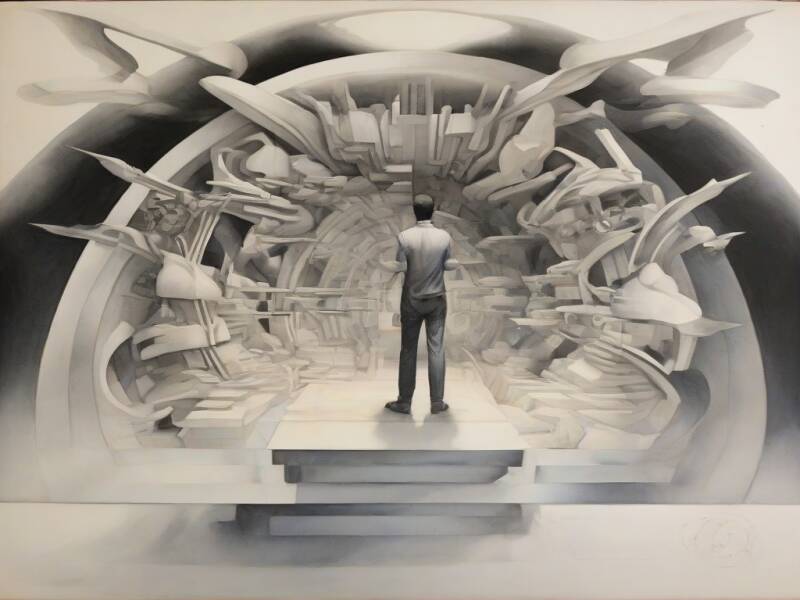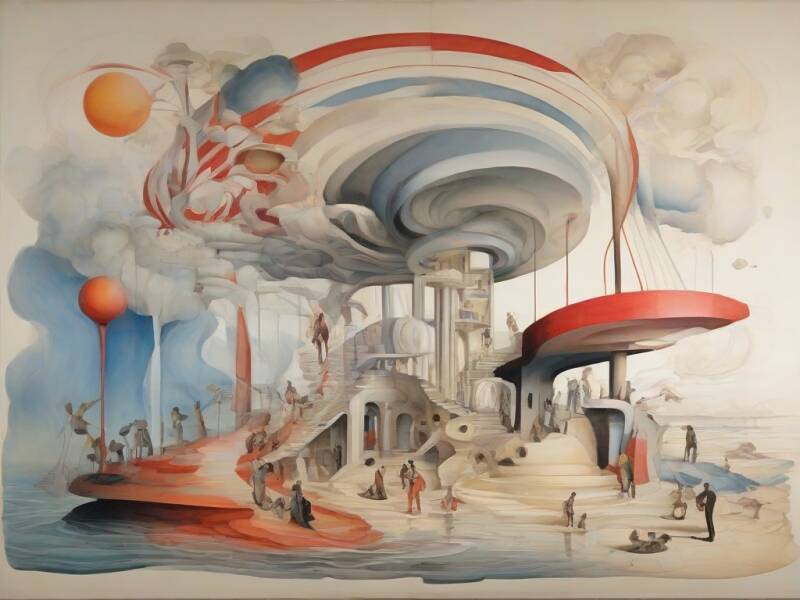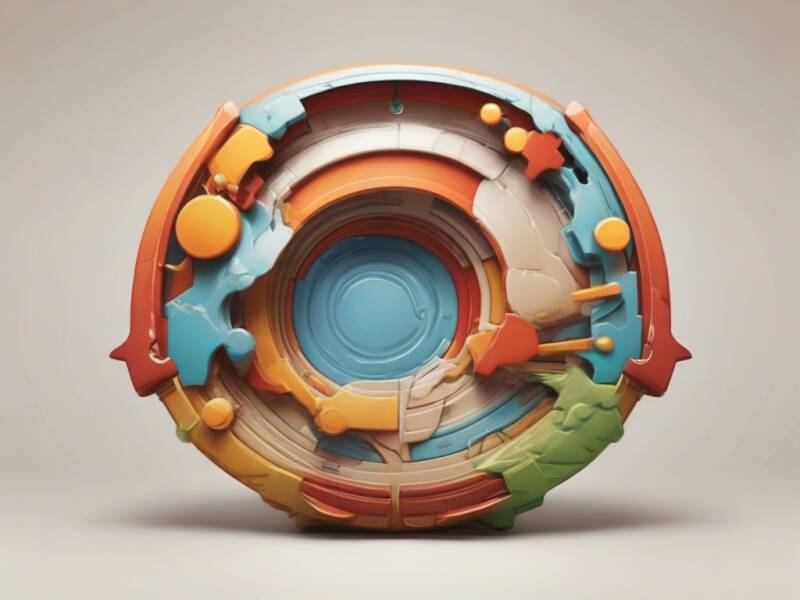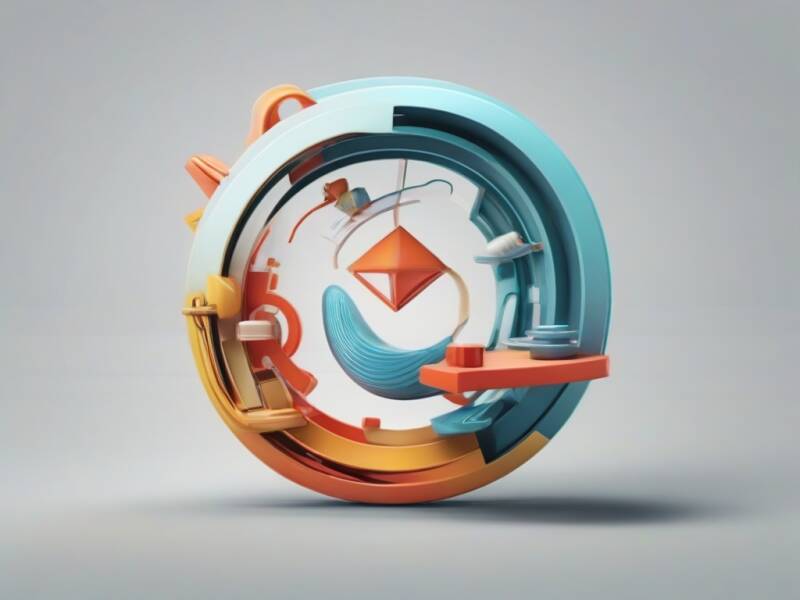Understanding by Design

As a design-focused educator, I deeply align with pioneer Tom Kuhlman’s assertion that “Instructional design is more than just putting information in front of the learners.”

This fortified me to reach beyond standard presentation methods for an innovative blended course catalyzing student groups across game design, narrative writing and neuroscience.
In initially sketching plans, I analyzed instructional frameworks like Fink’s compartmentalized Columns (Fink, 2003) and Wiggins & McTighe’s intricate Understanding by Design (2005). Both approaches revealed certain strengths for communication or gradual refinement. However in isolation, neither felt sufficient to spark the level of creative interdisciplinary collision this endeavor aspires to activate.
In reflection, the heart of great learning experiences often resides in intangible energies awakened between learners. My vision seeks to amplify this chain reaction within an enriching context focused on emerging neuroplasticity research. By incentivizing complementary strengths from coding interactive challenges to descriptive worldbuilding against an integrative scientific backdrop, I believe untapped connected potential can flourish.
Structuring this mesh content areas will require substantial initial effort yet promises compounding rewards as cross-pollinated talents multiply beyond singular disciplines. I aim to galvanize durable creativity which transfers wider by transcending divisive subject-matter walls. Innate motivations around gaming, story crafting and mental modeling interrelate; groundbreaking educators prove rules made to be productively broken in service of vibrant learning currents.
My innovation plan’s goals naturally align with UbD ideals of exploration, critical thinking and problem-solving. By synthesizing contributions from complementary domains, I aim to heighten engagement, nurture multilayered talents, and communicate multifaceted scientific ideas through game mechanics and narrative. This interdisciplinary, learner-centered approach resonates with UbD’s mission.
Evaluating these models showed me that singular, rigid formulas fail to address learning’s complexity. But principles like intentional design, aligned assessments and establishing enduring takeaways can guide the creation of targeted, enriched learning.

UdB Template
Design Topic: Gamified Blended Learning Experience
Subject: GameDesign 3
Grades: 11&12
Designer: Mattheiu Brooks
Template Source: Understanding by Design, Unit Design Planning Template (Wiggins/McTighe 2005)
Unit Title: Gamified Blended Learning Experience
Stage 1 - Desired Results
Established Goals:
-
Students will improve collaboration, critical thinking, adaptability, and technical skills by working across disciplines to take a project from conception to completion utilizing the strengths of each class.
-
Students will make connections between the hands-on game development project and the interdisciplinary knowledge required in fields like game design, writing, and science.
-
Students will analyze the full scope of the gamified experience including desired length of gameplay, number of levels/challenges, narrative components, and scientific accuracy.
-
Students will assign roles and responsibilities to team members across disciplines based on individual strengths and skills.
-
Students will identify potential issues in developing an interactive game focused on neuroplasticity and implement effective solutions.
-
Students will provide evidence of the following project tasks:
A. Research the latest findings on neuroplasticity and growth mindset to portray accurate concepts in the game experience.
B. Develop an engaging narrative and game mechanics that teach core ideas of neuroplasticity and growth mindset.
C. Create a wireframe documenting the game structure, mechanics, number of levels, and learning progression.
D. Model detailed environment artwork, assets, and interface elements suitable for an interactive game experience.
E. Program core gameplay components and integrate art assets into a playable vertical slice of the neuroplasticity game.
F. Playtest the game experience and refine the gameplay and narrative based on feedback.
7. Students will create and execute project management strategies including:
A. Develop a production schedule outlining asset creation, programming, playtesting and narrative writing milestones.
B. Create iterative prototypes to test effectiveness of narrative and gameplay in conveying neuroplasticity concepts.
C. Provide peer feedback and critique of game assets, gameplay mechanics, and scientific accuracy.
D. Iterate on game narrative and mechanics based on playtesting feedback.
Transfer Goals:
-
Students will be able to work on their own collaborative game design projects.
-
Students will learn and adopt the concepts of growth mindset to become life-long learners
Enduring Understandings... U
-
Cross-disciplinary collaboration provides multifaceted perspectives
-
Critical thinking and iteration are key in game design
-
Knowledge from multiple domains informs interactive media
-
Flexibility and openness to feedback enables improvement
-
Effective project management enables complex projects
-
Interactive games uniquely convey concepts through engagement
Essential Questions: Q
-
How does collaborating with other subjects aid your understanding?
-
How did feedback shape the game narrative and mechanics?
-
What skills did you develop through game design and development?
-
How did you contribute your strengths to the team effort?
-
What challenges emerged and how did you address them?
-
How can games teach complex ideas through engagement?
-
What did you learn about conveying ideas interactively?
Students will know..... K
-
How to collaborate across disciplines
-
The process of iterative game design
-
Principles of neuroplasticity and growth mindset
-
Project management strategies
-
The capabilities of interactive media
-
How to develop an engaging user experience
Students will be able to: S
-
Communicate and collaborate effectively
-
Provide, integrate and apply peer feedback
-
Make revisions based on playtesting
-
Develop games iteratively
-
Convey scientific principles interactively
-
Utilize individual and team strengths
Stage 2 - Assessment Evidence
Performance Tasks: T
- Research the latest findings on neuroplasticity and growth mindset from science journals and publications.
- Develop a narrative outline conveying core concepts of neuroplasticity. Revise based on collaborative team feedback.
- Create a game wireframe documenting gameplay structure, number of challenges/levels, mechanics, rewards and progression.
- Model environmental artwork, assets and UI elements supporting the game narrative and mechanics.
- Program core gameplay functionality like player controls, challenge logic, gameplay loop based on the wireframe documentation.
- Develop vertical slice prototype with artwork, narrative component and playable interaction conveying growth mindset concepts.
- Playtest prototype and gather player feedback about clarity of learning, engagement and motivation to progress.
- Iterate on game narrative and mechanics based on playtesting feedback.
- Present final gamified neuroplasticity experience to faculty and students. Reflect on collaboration process and knowledge gained.
Other Evidence: OE
- Rubrics: Assess areas like technical skill, collaboration, critical thinking, iteration and end product quality.
- Reflections: Analyze own contributions, collaboration effectiveness, skill development and knowledge growth.
- Faculty Observations: Observe students throughout the process focusing on key behaviors and skills.
- Player Feedback: Gather player perspective on clarity of neuroplasticity concepts conveyed.
Student Self-Asssessment and Reflection: SR
- Reflect on contributions to the team and collaboration effectiveness by writing a one page analysis of your contributions to your team.
- Quiz on retention of key terminology, concepts, and outcomes.
- Review the game submissions and create a chart identifying specific instances where students
demonstrated critical thinking, iteration and problem solving . - Evaluate growth in project management, communication and creativity
Stage 3 - Learning Plan
Learning Plan Activities: How will students engage in learning?
Sequenced chronologically & categorized with "WHERETO" elements
1. Introduce project vision, goals, schedules and team member roles. W
2. Analyze examples of games focused on conveying complex systemic ideas through gameplay. H
3. Form cross-disciplinary teams based on individual strengths E
4. Research latest neuroplasticity findings and growth mindset principles. E
5. Outline narrative conveying core scientific ideas for gameplay integration R
6. Develop wireframe documenting gameplay progression, mechanics, challenges R
7. Create environmental artwork, assets and UI elements O
8. Program core gameplay functionality and logic O
9. Develop vertical slice prototype with assets, narrative, interactivity T
10. Playtest prototype and gather player feedback on conveying neuroplasticity concepts E
11. Iterate on narrative and gameplay based on user feedback E
12. Complete full gamified neuroplasticity experience O
13. Write reflections analyzing process, collaboration, knowledge and skills gained T
Resources:
Game Mechanics:
- The Art of Game Design: A Deck of Lenses by Jesse Schell
- Level Up! The Guide to Great Video Game Design by Scott Rogers
- Advanced Game Mechanics by Skooner
Story Writing:
- The Writer's Journey: Mythic Structure for Writers by Christopher Vogler
- Save the Cat! Writes a Novel by Jessica Brody
- Creating Character Arcs by K.M. Weiland
Neuroplasticity:
- The Brain That Changes Itself by Norman Doidge
- Soft-Wired: How the New Science of Brain Plasticity Can Change Your Life by Michael Merzenich
- Neuroplastic Transformation Workbook by Michael Moskowitz
Additional Resources:
- GDC Vault - Game design postmortems
- Writing courses on conflict, dialogue
- TED Talks on neuroplasticity and growth mindset
- Peer feedback on narrative and gameplay
- Online intro courses on game math and neuroscience
Reflection:
In evaluating this multi-disciplinary blended learning initiative’s success, I will gauge enduring comprehension of growth mindset concepts conveyed interactively by analyzing gameplay patterns and narrative choices. Metrics around completion rates, repetition of key challenge sequences demonstrating neuroplasticity, and post-experience quiz results will indicate areas for polish.


3 Column Table versus UbD Template
Where and when is each one more effective?
Fink’s 3 Column overview delivers helpful high-level connectivity between my goals, activities and assessments when designing this blended learning initiative spanning game design, narrative writing and neuroscience. However, the model lacks granular detail on evidencing comprehension and the step-by-step tasks underpinning complex projects. This is where the intricacy of Wiggins & McTighe’s UbD approach comes into play.
In navigating UbD’s multi-page template, I was forced to decompose my vision while accentuating desired takeaways, plans to evaluate them, and scaffolding activities. This decomposition enabled explicit mapping of outcomes across pre-production, implementation and post-launch phases. By emphasizing essential questions and overarching performance benchmarks, UbD pushes further than Fink's model to operationalize high-ideals. Yet Fink’s integrated clarity remains valuable for orienting assessments and activities to serve overarching aims.
Relying solely on Fink’s model provides aspirational goals minus evidence-gathering means. Meanwhile, an isolated UbD application risks losing the forest for the trees. By combining approaches, I can ensure tight alignment between objectives and assessments while retaining student-centric innovation as the focal point. Fink furnishes a guiding constellation to chart progress while UbD populate details along the trail.
This complementarity empowers implementing my blended concept by balancing vision and meticulous planning. visions lacking meticulous planning risks bogging down in the mud Deep, enduring education innovation relies on the wedding of audacious the “why” with and diligent the “how”. My initiative promotes harmony between tactical and transcendent models for greater impact.

In conclusion, synthesizing Fink’s 3-Column Model, UbD principles, and innovation-focused visions enriches my instructional design capabilities by emphasizing tight alignment of goals, activities and assessments while still addressing learners’ unique needs.
Fink provides a high-level framework for connected objectives across domains. UbD operatively breaks down achieving these goals into actionable stages with supporting materials and measures. And embracing bold new models pushes past established boundaries by leveraging learner motivations.
This combined understanding propels implementing my blended gameplay-storytelling-science learning vision by furnishing the comprehensive skillset required for impactful execution. I can now progress confidently from the drawing board to transforming student experiences through targeted scaffolds towards mastery of multifaceted skills and enduring takeaways.

Create Your Own Website With Webador